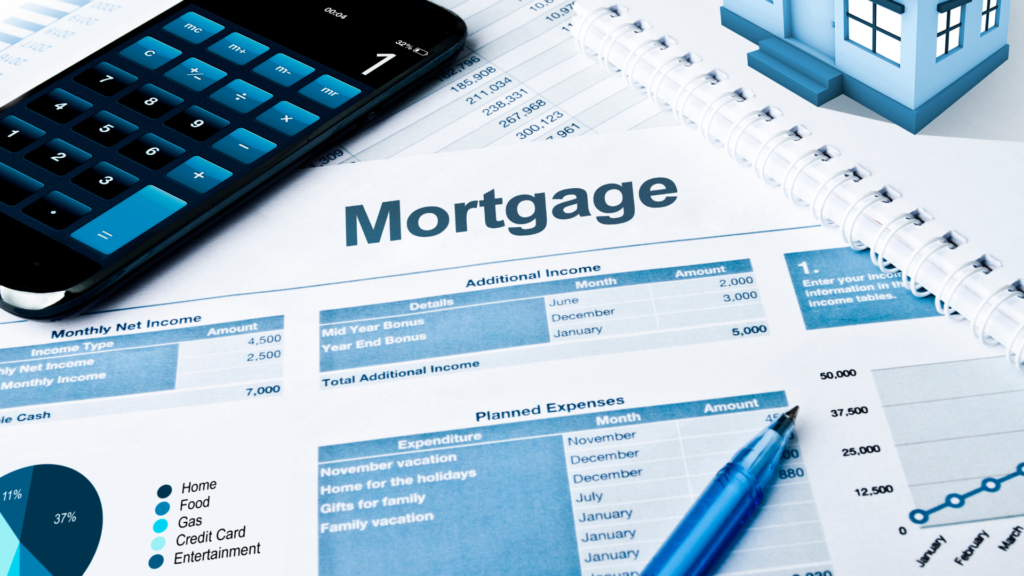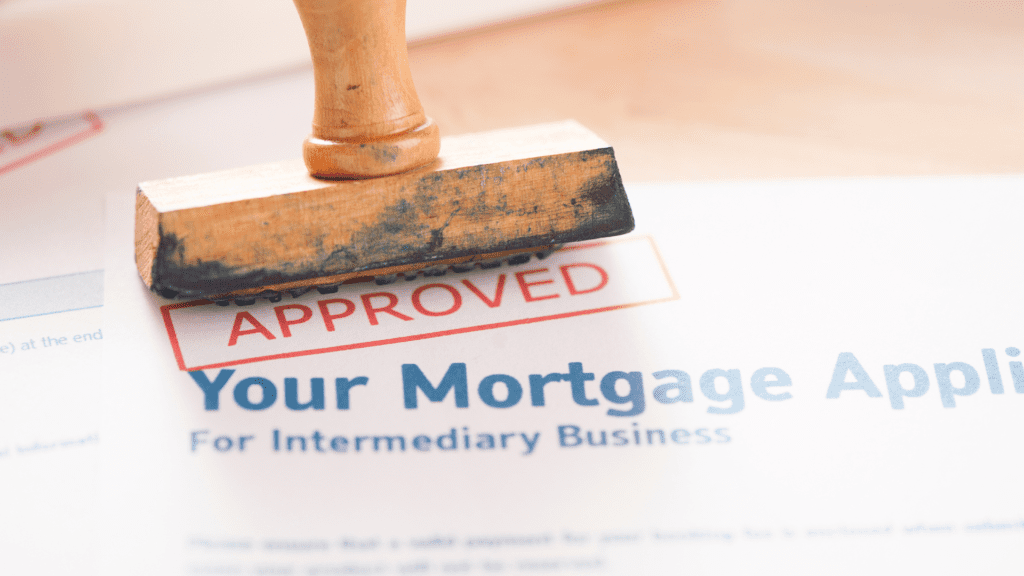
How Mortgage Payments Work
How mortgage payments work? Mortgage payments are a key component of home ownership, representing the financial obligation borrowers undertake when they secure a loan to purchase a property. This comprehensive guide delves into the mechanics of mortgage payments, dissecting the various elements that contribute to your monthly dues and how these payments evolve over the life of the loan. By understanding these principles, homeowners can make informed decisions about their finances and navigate the path to paying off their home loan with confidence.
The Anatomy of a Mortgage Payment
Principal and Interest
The core of a mortgage payment is divided into two main parts: the principal and the interest. The principal refers to the actual amount borrowed from the lender to purchase the home. The interest, on the other hand, is the cost you pay to the lender for borrowing the principal amount. Initially, a larger portion of your monthly payment is allocated towards interest, with a smaller portion going towards reducing the principal. However, as you progress through the loan term, this ratio gradually shifts, with more of your payment going towards the principal as time goes on. This is due to the amortization process, which is designed to ensure the loan is fully paid off by the end of the term.
Escrow Account Contributions
In addition to principal and interest, most mortgage payments include contributions to an escrow account. This account is managed by the lender and is used to pay for property taxes and homeowner’s insurance on behalf of the borrower. The lender estimates the annual costs of these expenses and divides the total by 12 to determine the monthly escrow contribution. This ensures that taxes and insurance are paid on time, protecting both the borrower’s and the lender’s interests in the property.
Understanding Amortization
Amortization is the process by which a loan’s balance decreases over time through regular payments. With each payment, a portion goes towards the interest, while the remainder reduces the principal. Early in the loan term, the interest component of each payment is high because the principal balance is large. As the principal balance decreases with each payment, the interest portion of the payment decreases as well, allowing more of each payment to go towards reducing the principal. This process is carefully calculated to ensure that the loan is fully paid off by the end of the term.
Fixed-Rate vs. Adjustable-Rate Mortgages
The structure of mortgage payments can vary significantly depending on whether you have a fixed-rate or adjustable-rate mortgage (ARM).
- Fixed-Rate Mortgages: For fixed-rate mortgages, the interest rate remains constant throughout the life of the loan. This means that the principal and interest portion of your monthly payment remains unchanged, providing predictability and stability in your monthly housing costs.
- Adjustable-Rate Mortgages: ARMs, however, have interest rates that can change over time based on market conditions. This means that your monthly payment can increase or decrease as the interest rate adjusts, leading to potential variability in your monthly financial obligations.
Additional Payment Strategies
Many borrowers look for strategies to reduce the amount of interest they pay over the life of the loan or to pay off their mortgage earlier than the original term. Some common strategies include:
- Making Extra Payments: By making extra payments towards the principal, borrowers can reduce the total interest paid and shorten the loan term. Even one extra payment a year can significantly impact the total cost of the loan.
- Bi-Weekly Payments: Some borrowers choose to make half of their mortgage payment every two weeks instead of making a full payment once a month. This results in 26 half-payments annually, which equates to 13 full payments per year, thereby reducing the loan balance and interest faster.
- Refinancing: Homeowners may also consider refinancing their mortgage to take advantage of lower interest rates or to switch from an ARM to a fixed-rate mortgage. Refinancing can potentially lower monthly payments and the total interest paid over the life of the loan.
Conclusion
Understanding how mortgage payments work is crucial for anyone looking to buy a home or manage their existing mortgage effectively. By familiarizing yourself with the components of your mortgage payment, the amortization process, and the differences between fixed-rate and adjustable-rate mortgages, you can make informed decisions that align with your financial goals. Additionally, exploring additional payment strategies can help you save on interest and potentially pay off your mortgage sooner than anticipated.

